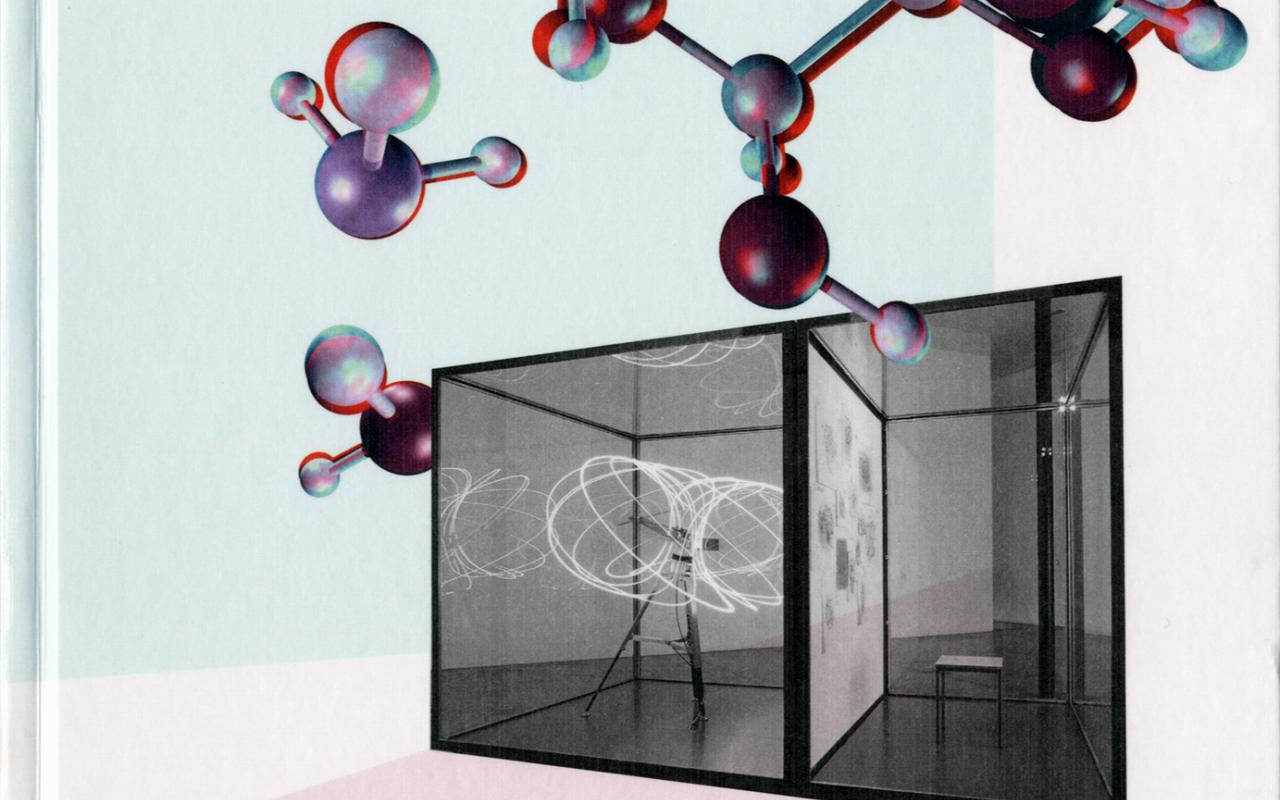Chris Toumey: Aesthetic Resources for Molecular Knowledge
- Duration
- 32:35
- Category
- Lecture/Talk
- Date
- 17.07.2011
- Description
Nanotechnology gains much attention and credibility from a portfolio of detailed and attractive images of atoms, molecules, and other nanoscale objects. Usually they are created by either a Scanning Tunneling Microscope (STM) or an Atomic Force Microscope (AFM). These images employ familiar conventions for making the nanoscale look like a three-dimensional topography. Yet there is a series of problems in the relation between a nanoscale object and a picture of the object. Nanoscale objects are much smaller than the wavelength of visible light, in which case colors, shading and other visual conventions are artificial. A picture of an atom or a molecule cannot possibly look like an atom or a molecule. This relationship has been explored extensively by philosophers, artists and others. Now, in addition to seeing what is wrong with nano images, we should also see what is right: what is the visual knowledge in these images that is worth appreciating? To answer that question, we can turn to certain aesthetic resources, e.g., the cubist principle of simultaneité. And then simultaneité leads to an exercise called inter-instrumentality. By employing these aesthetic resources, we can derive visual knowledge from nano images even as we realize the problems in the relation between a molecule and a picture of a molecule.
